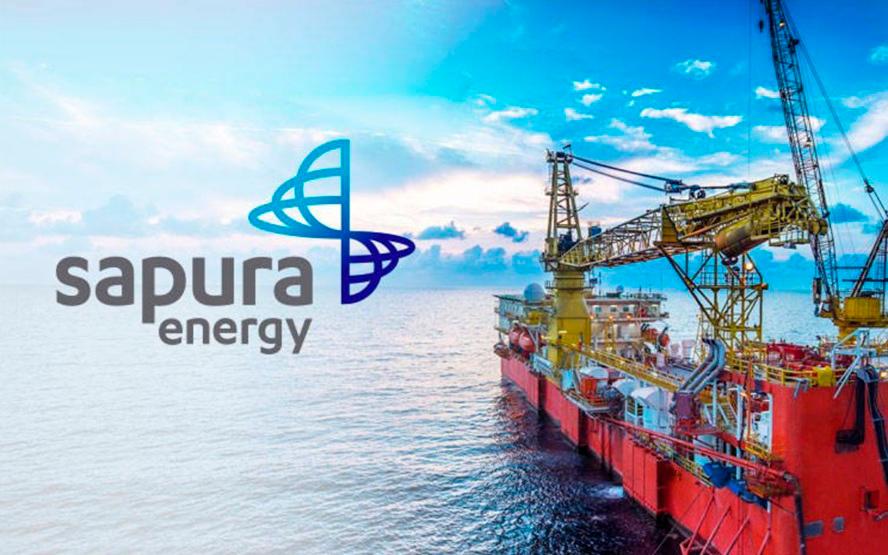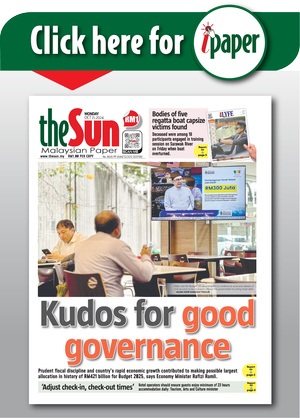PETALING JAYA: Sapura Energy Bhd has secured two new contracts from its long-standing clients in Thailand, with a combined value exceeding RM500 million.
The contracts were awarded to Sapura Energy (Thailand) Ltd, its wholly owned subsidiary, and involve an offshore installation and removal campaign, as well as subsea inspection, repair, and maintenance (IRM) services.
The installation and removal contract was awarded by Chevron Thailand Exploration and Production Ltd and Chevron Offshore (Thailand) Ltd. The project is expected to be completed by the end of 2026.
Sapura Energy’s engineering and construction team will lead the offshore works.
The group has built a strong track record in Thailand, having delivered its first decommissioning project – a rig-to-reef campaign – in 2020.
Since then, the team has consistently delivered successful outcomes, including achieving 1.5 million man-hours without a single lost-time injury in a recent pipeline removal campaign. It also became the first company in Asia to implement the reverse S-lay method in pipeline decommissioning.
Separately, Sapura Energy was awarded service orders for subsea IRM works by PTT Exploration and Production Public Co Ltd. The contract covers saturation diving operations at facilities within the G1/61 and G2/61 projects.
These operations will be carried out by Sapura Energy’s operations and maintenance division, utilising its dedicated subsea construction vessel, Sapura Constructor. The vessel is equipped with accommodation for 120 personnel and supports up to 15 divers.
Subsea IRM work commenced in the second quarter of 2025.
Sapura Energy is also delivering similar IRM services for PTT Exploration in Malaysia.
“These awards build upon Sapura Energy’s long-standing partnership with clients in Thailand, given the group’s proven track record for similar offshore campaigns in the Kingdom,” said Sapura Energy Group CEO Muhammad Zamri Jusoh.
“It also demonstrates our strategy of bidding for projects that are aligned to the group’s risk appetite, core capabilities, and vessel deployment efficiency,” he added.









